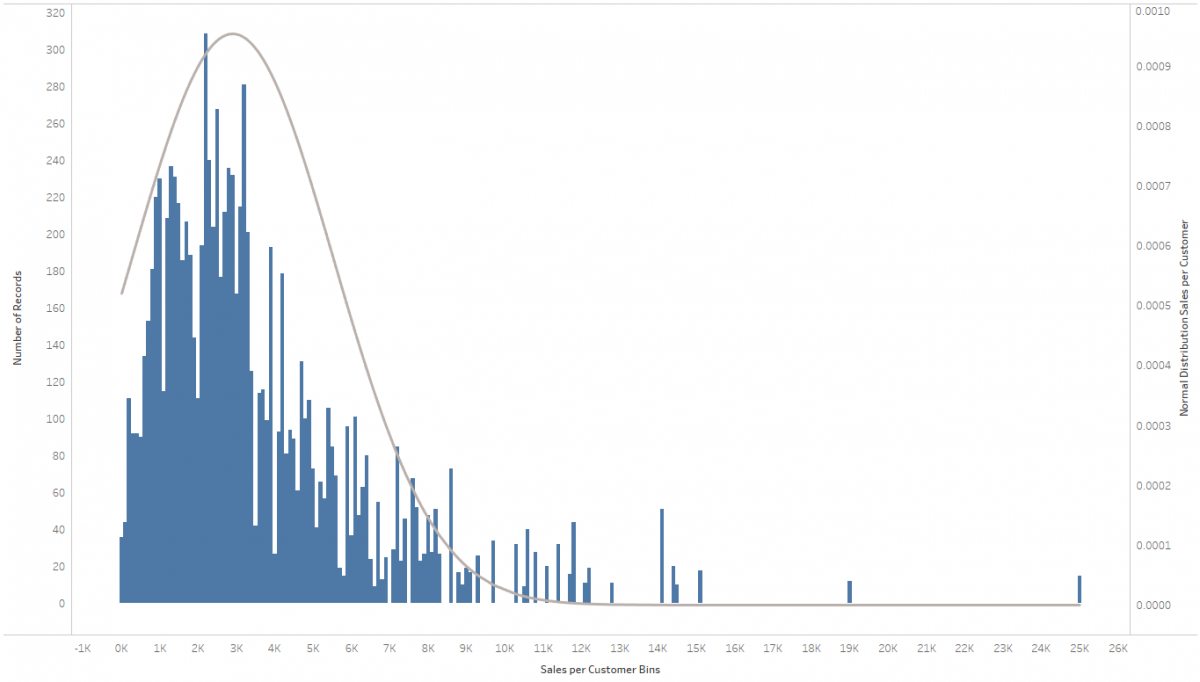With the integration of external services such as R, Python, and MatLab into Tableau you can significantly broaden the circle of possible users for your organization’s data science models and workflows, by embedding them into easy-to-use dashboards that are appealing to all types of consumers. That said, if you have ever worked with the integration of external services in Tableau, you will be aware that you can only define one service connection per workbook at a time – either to RServe or to TabPy. The first time this fact became painfully apparent to me was during a workshop where I was showing the integration with both services. Every single time I switched from a worksheet that employed some R code to one embedding Python code, I had to set the connection to RServe. Whenever I moved back over to another worksheet with some embedded Python code, I first ran into an error (since Tableau sent the Python code to RServe, which obviously made the R session choke) and then had to manually reset the connection to TabPy. The same was true for the session “R … You Ready for Python?” me and my colleague Lennart Heuckendorf delivered at Tableau Conference Europe 2018 and 2019. Even worse, I am more and more working with customers whose data science stack is very diverse, so they are using models in all kinds of languages. For them it is imperative to be able to run both R and Python models within the same dashboard, possibly even on one single worksheet. So I was wondering: can this be done?
tl;dr: It’s absolutely possible! This article outlines the process we suggest and guides you from zero to a working environment to do exactly this. It builds heavily on an idea proposed by my colleague Timo Tautenhahn and one of his customers here and here, so I can’t take all the credit. It also makes use of a number of external and open source software packages, so this is neither officially supported by Tableau (don’t try logging a ticket with Technical Support if this doesn’t work for you) nor is this an official Tableau tutorial. If all these caveats didn’t discourage you to try it out yourself, read on! All the code required or referenced here is available on my GitHub repository. Also, you’ll find a video at the end of this blog post to walk you through the full process.
Continue reading →



